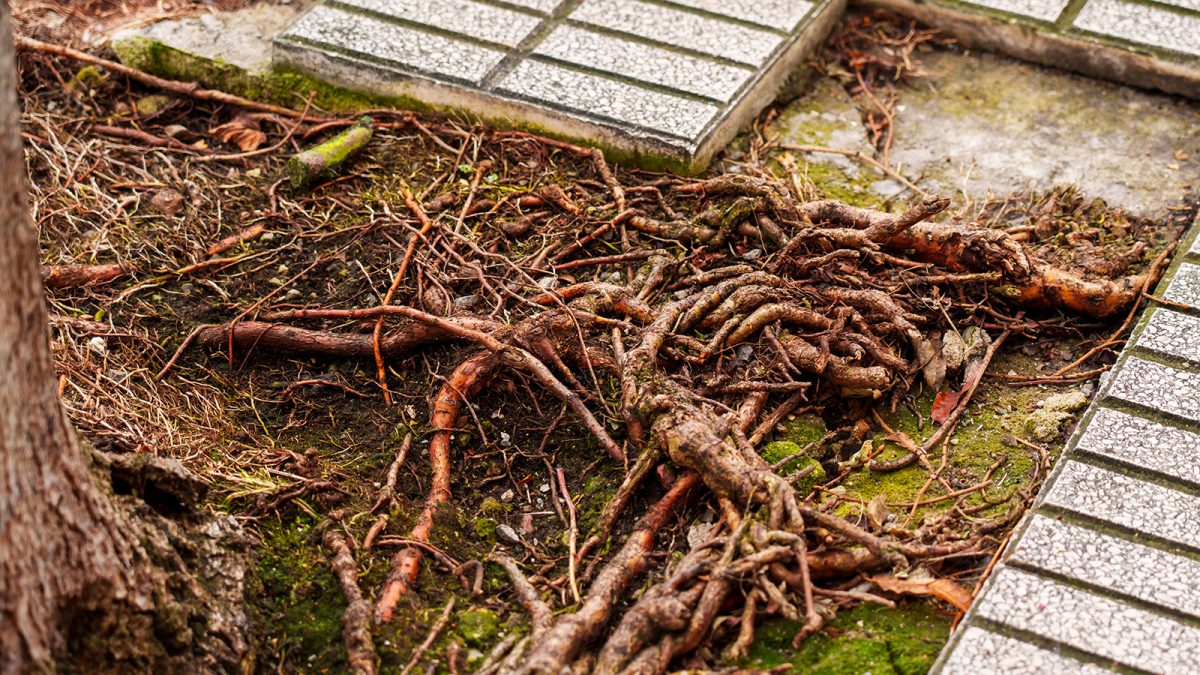Chemical treatments may provide an easy fix for many plant-related ailments, but they’re far from easy on the planet.
It’s just like downing energy drinks to get through the day. While they might wake you up for a moment, in the long term, they’ll do more harm than good.
The truth is, your trees don’t need a cocktail of chemicals to thrive. With a few natural tricks, they’ll stay strong, healthy, and a lot kinder to the creatures that call your garden home.
Here’s how to care for your trees without it turning into a science experiment.
Choose Native Species
Local species are the best pick for sustainable, low-maintenance gardens. Native varieties are like the old-timers of your area. They’ve weathered every drought, frost, and storm over the years and know how to thrive without fuss.
In the UK’s northern regions, Scots pine and rowan thrive in cold, wet conditions, while offering shelter to birds and small mammals.
Down south, wild cherries and field maples attract local pollinators with their irresistible nectar, without batting an eye at the hot, humid summers.
The best part is, they do that without needing synthetic fertilisers or chemical sprays. In other words, they’re better for the environment, easier on your wallet, and less demanding of your time than their exotic cousins.
Enhance the Soil
Healthy soil is like a good breakfast; it sets the tone for everything that follows. Enrich it with compost, mulch, and organic matter, and your trees will have a steady supply of nutrients without needing chemical top-ups.
There’s something deeply satisfying about having your own compost heap. It’s easily the best way to recycle kitchen scraps, shredded paper, and discarded leaves. In just a few months, they’ll slowly transform into a rich, crumbly fertiliser for your green companions.
Don’t underestimate mulch, either. A layer of bark chips or straw around the base will help keep the soil moist, block pesky weeds, and gradually break down into nutritious plant food. Just don’t pile it right against the trunk, unless you want it to suffocate.
Plant the Right Companions
Trees don’t have to stand alone. In fact, the right green neighbours can protect them from pests, improve the soil, and make your garden look even lovelier.
Take marigolds, for example. Their bright blooms don’t just brighten up the space. They also help deter pests with their strong scent, all while attracting pollinators to your fruit trees.
Beans and clover are another winning duo. Together, they release extra nitrogen into the soil, giving nearby trees a boost.
Of course, every plant has its quirks. Some need full sun, while others prefer dappled shade, so place them accordingly. It’s just like arranging seats at a dinner party. If you get it right, everyone will have a good time.
Attract Helpful Insects and Wildlife
If you want an army of natural protectors, look no further than the insect world. Ladybirds, lacewings, and honeybees are nature’s own free pest control service. They’ll keep your plants in check and boost pollination while they’re at it.
To invite them in, plant nectar-rich flowers, like daisies or lilacs. Their irresistible fragrance will attract both pollinators and bug-munching insects to your outdoor space.
You’ll want to give them a place to rest from all the hard work, though. So, place a few leaf piles or twiggy shelters in quiet corners, away from any paths or seating areas.
Birds love to snack on caterpillars and beetles, too. They’ll happily get rid of them for you in exchange for a feeder or bird bath.
If some pests still try to overstay their welcome, turn to gentle solutions, like neem oil, insecticidal soap, or garlic spray. These natural treatments keep harmful bugs at bay without disrupting the delicate balance of your garden.
Water Deeply and Efficiently
Trees don’t need constant hydration; a deep, refreshing drink now and then will do the trick. However, young or newly planted specimens might need a little extra help during dry spells.
The trick is to water them deeply yet sparingly to encourage the roots to stretch down into the soil rather than linger near the surface. The best time to do that is either early in the morning or at sunset when the sun isn’t as harsh.
If you’re willing to stretch your budget, a soaker hose or slow-drip system will deliver moisture straight to the roots without wasting a single drop.
If you prefer the DIY route, collect rainwater in a barrel. It’s free and eco-friendly, and your trees will prefer it over tap water, as it doesn’t contain hard minerals.
In any case, you should keep an eye on your soil’s moisture level from time to time. Roots sitting in soggy soil can suffocate just as easily as those left bone-dry.
To know if your plants need a drink, push your finger a couple of inches into the ground. If it feels dry at that depth, go ahead and grab the watering can. If it’s still damp, hold off a little longer and let the tree soak up what’s already there.
Prune with Purpose
Pruning is like fine-tuning an instrument. You see, removing dead or crowded branches allows sunlight and air to flow better. In return, this promotes strong development, reduces the risk of disease, and ultimately brings harmony back to the tree.
Late winter or early spring is the best time for extensive pruning. That way, your plants will have time to recover before new growth bursts out. Just make sure to keep your tools sharp and clean, and always cut above the buds at a slight angle to help the tree heal properly.
A little goes a long way, though. Never trim more than a quarter of the foliage in one go. Otherwise, it’ll be left stressed and struggling to recover.
And if it’s looming over the house or tangled in the power lines, it’s best to get in touch with a certified tree surgery company. Seasoned arborists have the gear and the experience to tackle such tricky situations, keeping both your garden and your home safe and sound.
Combat Diseases Naturally
Spotting trouble early is half the battle. A weekly stroll around your garden will help you catch problems before they spread.
Different species have different weak spots, so you need to understand yours. Apple trees, for example, are prone to fungal infestations, but a simple mix of water and baking soda can help slow down powdery mildew.
Light pruning also helps by improving airflow, which in turn reduces damp conditions that attract opportunistic fungi.
Pines, on the other hand, often attract beetles. To get rid of them once and for all, you’ll need to remove and safely dispose of infested branches. Then, apply neem-based sprays to eliminate any remaining stragglers.
With a little vigilance and the right remedies, you’ll keep diseases and pests under control, leaving your trees strong enough to thrive on their own.
Conclusion
The best kind of growth is the kind that leaves everything around it better off.
With a little patience, smart planting, and a few natural allies, you’ll have a thriving garden that’s kinder to both wildlife and the planet.
Over time, you’ll find that working with nature rather than against it makes your outdoor space more resilient, more rewarding, and far more alive.
Related posts
Categories
Recent Posts
Advertisment


